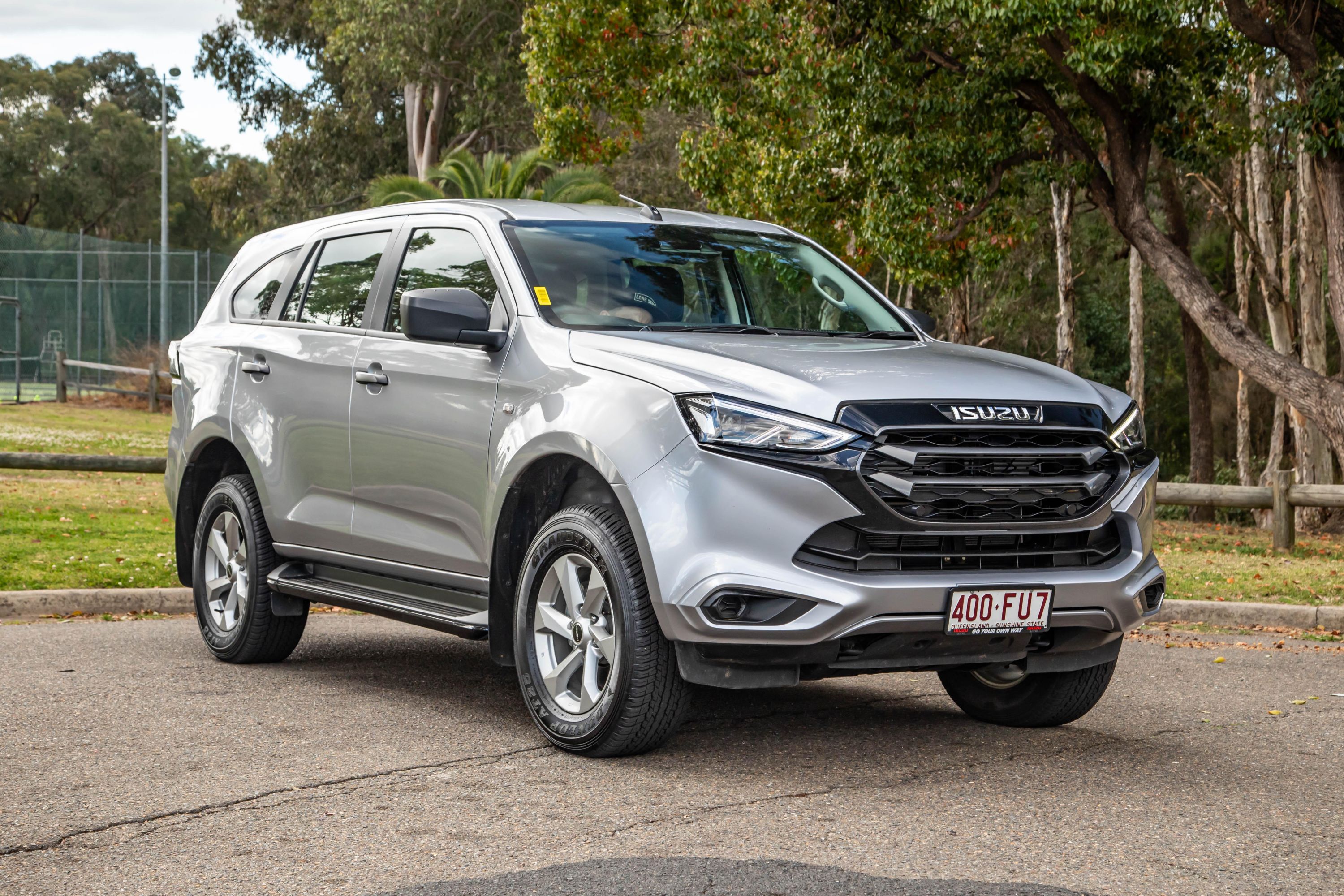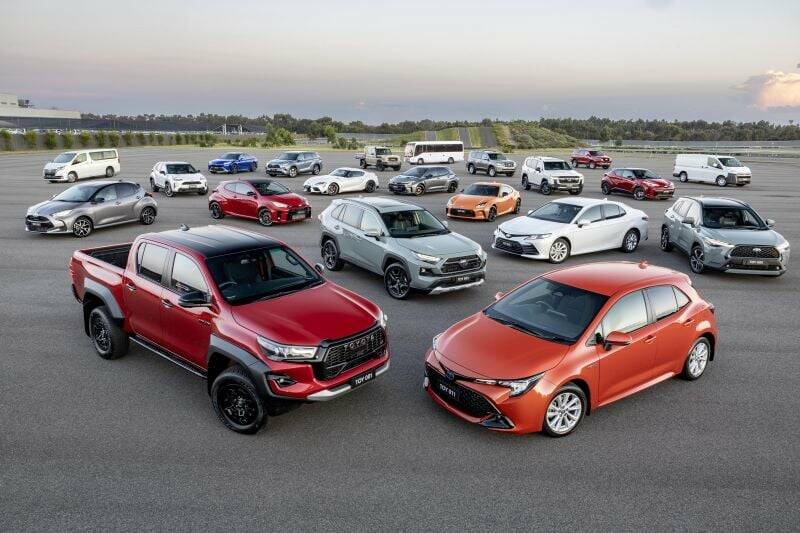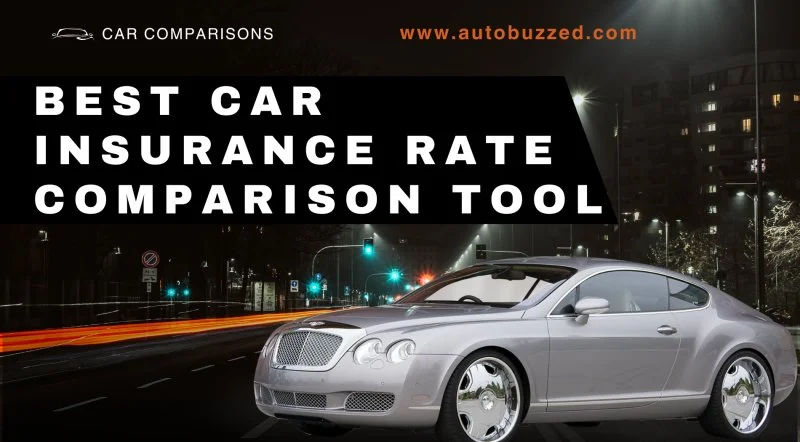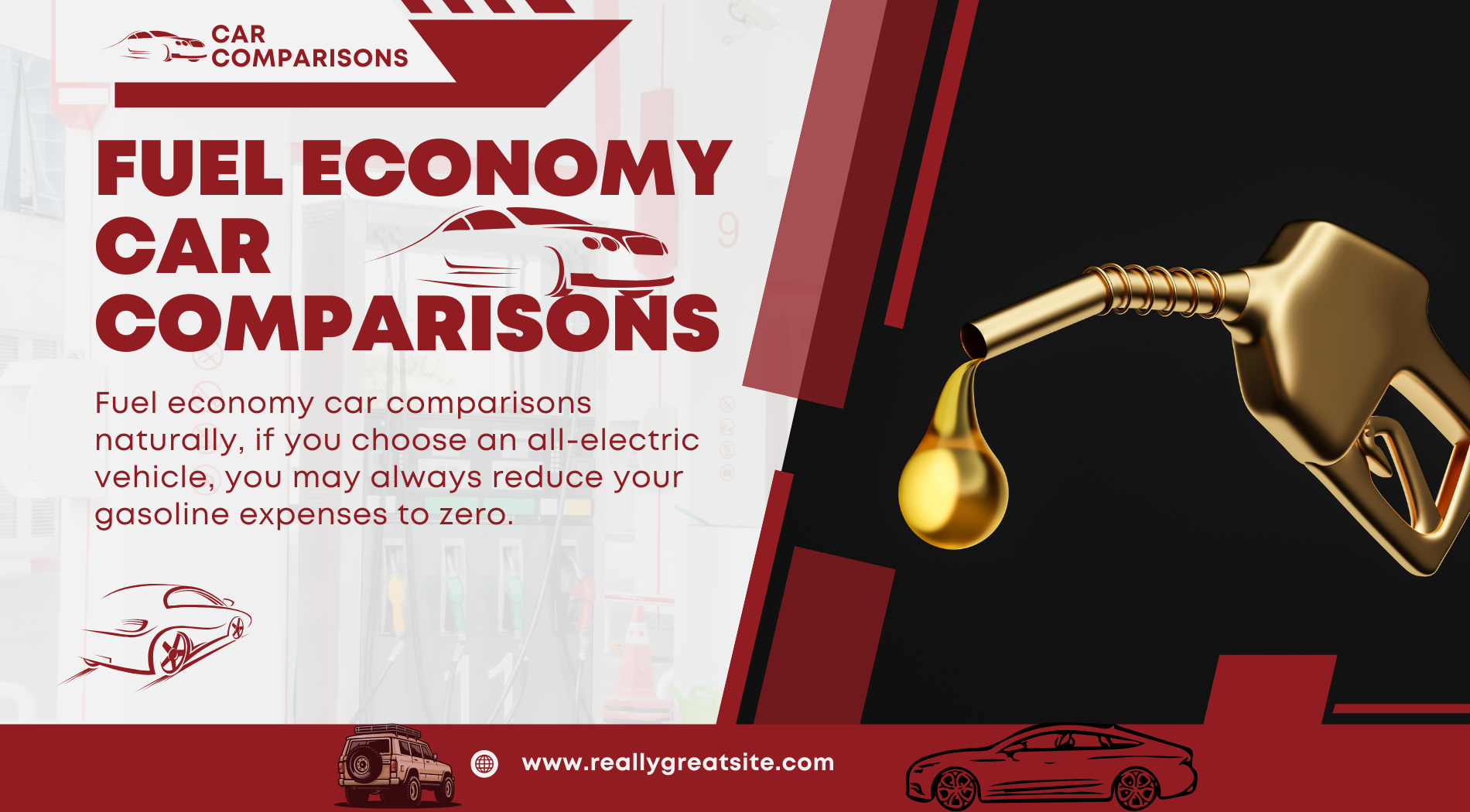The automotive industry in Australia witnessed a remarkable milestone VFACTS April of 2024 , as the latest VFACTS report revealed record-breaking sales figures and a notable surge in the adoption of hybrid and plug-in hybrid vehicles.
Introduction to VFACTS and its significance

VFACTS, short for Vehicle Sales Figures, is a monthly report released by the Federal Chamber of Automotive Industries (FCAI), providing comprehensive insights into the performance of the automotive market in Australia. It serves as a crucial indicator of consumer trends, market demand, and industry dynamics.
Overview of VFACTS April 2024 report
The April 2024 edition of VFACTS presented an unprecedented achievement for the automotive sector, with total vehicle sales surpassing all previous records. The report highlighted a significant shift in consumer preferences towards eco-friendly and technologically advanced vehicles, particularly hybrids and plug-in hybrids.
Record-breaking performance in April 2024

April 2024 emerged as a historic month for the Australian automotive industry, with a staggering increase in vehicle sales compared to the same period in previous years. The surge in demand was fueled by various factors, including economic recovery, increased disposable income, and changing environmental consciousness among consumers.
Surge in hybrid vehicle sales
One of the standout features of the April 2024 VFACTS report was the exponential growth in hybrid vehicle sales. Hybrid cars, known for their fuel efficiency and reduced carbon emissions, experienced a surge in demand across all segments of the market. Consumers were drawn to the combination of performance, sustainability, and cost-effectiveness offered by hybrid models.
Rise of plug-in hybrid vehicles
In addition to traditional hybrids, plug-in hybrid vehicles (PHEVs) also witnessed a notable increase in sales during April 2024. PHEVs, which offer the flexibility of electric power combined with the extended range of a conventional engine, appealed to a growing number of environmentally conscious consumers seeking greener transportation solutions.
Factors contributing to the growth
Several factors contributed to the remarkable growth of hybrid and plug-in hybrid vehicles in the Australian market. These included advancements in technology, expansion of charging infrastructure, rising fuel prices, and increased awareness of climate change issues. Additionally, manufacturers' efforts to develop innovative hybrid models and government incentives for eco-friendly vehicles played a significant role in driving consumer adoption.
Impact on the automotive industry
The surge in hybrid and plug-in hybrid vehicle sales had a profound impact on the automotive industry ecosystem. Automakers responded to the shifting market demand by ramping up production of hybrid models and investing in research and development of electrified drivetrains. Dealerships adapted their sales strategies to accommodate the growing interest in eco-friendly vehicles, while service providers expanded their offerings to include maintenance and repair services for hybrids and PHEVs.
Consumer preferences and environmental consciousness

The surge in hybrid and plug-in hybrid vehicle sales reflected a broader trend of increasing consumer awareness and concern for the environment. With climate change becoming a pressing global issue, more consumers were prioritizing sustainability and seeking out eco-friendly alternatives in their purchasing decisions. The popularity of hybrids and PHEVs underscored the growing demand for greener transportation solutions that minimize carbon emissions and reduce environmental impact.
Government incentives and policies
Government incentives and policies also played a pivotal role in driving the adoption of hybrid and plug-in hybrid vehicles. Various federal and state-level initiatives offered financial incentives, tax rebates, and subsidies to encourage consumers to choose eco-friendly vehicles. These measures not only made hybrid and PHEV ownership more affordable but also incentivized manufacturers to invest in sustainable technologies and expand their electrified vehicle portfolios.
Challenges and future projections
Despite the remarkable growth of hybrid and plug-in hybrid vehicles, the industry faces challenges ahead. These include concerns about battery production and recycling, limited charging infrastructure, and consumer apprehensions regarding electric vehicle range and affordability. However, with ongoing technological advancements, infrastructure investments, and regulatory support, the future looks promising for the continued expansion of hybrid and electric vehicle adoption in Australia.
Conclusion
The VFACTS April of 2024 report marked a significant milestone for the Australian automotive industry, with record-breaking sales figures and a notable surge in hybrid and plug-in hybrid vehicle adoption. The growing consumer interest in eco-friendly transportation solutions underscores the need for continued innovation, investment, and collaboration across the automotive sector to address environmental challenges and build a sustainable future.
FAQs
Q. Are hybrid and plug-in hybrid vehicles more expensive to purchase than traditional gasoline-powered cars?
Ans: Hybrid and plug-in hybrid vehicles may have a higher initial purchase price due to their advanced technology and additional components. However, they often offer lower operating costs and long-term savings on fuel expenses.
Q. How far can plug-in hybrid vehicles travel on electric power alone?
Ans: The electric range of plug-in hybrid vehicles varies depending on factors such as battery capacity and driving conditions. On average, most PHEVs can travel between 20 to 50 miles on electric power before switching to the gasoline engine.
Q. Are there government incentives available for purchasing hybrid and plug-in hybrid vehicles?
Ans: Yes, various government incentives and rebates are available at both federal and state levels to encourage the adoption of hybrid and plug-in hybrid vehicles. These incentives may include tax credits, rebates, and access to carpool lane privileges.
Q. What are the maintenance requirements for hybrid and plug-in hybrid vehicles?
Ans: Hybrid and plug-in hybrid vehicles typically require regular maintenance similar to traditional gasoline-powered cars, including oil changes, tire rotations, and brake inspections. However, they may have additional service needs related to the battery and electric drivetrain components.
Q. How does driving a hybrid or plug-in hybrid vehicle contribute to reducing carbon emissions?
Ans: Hybrid and plug-in hybrid vehicles produce fewer greenhouse gas emissions compared to conventional gasoline-powered cars due to their ability to operate on electric power at lower speeds and during stop-and-go traffic. By reducing reliance on fossil fuels and promoting energy-efficient driving habits, these vehicles help mitigate environmental impact and combat climate change.








.webp)

